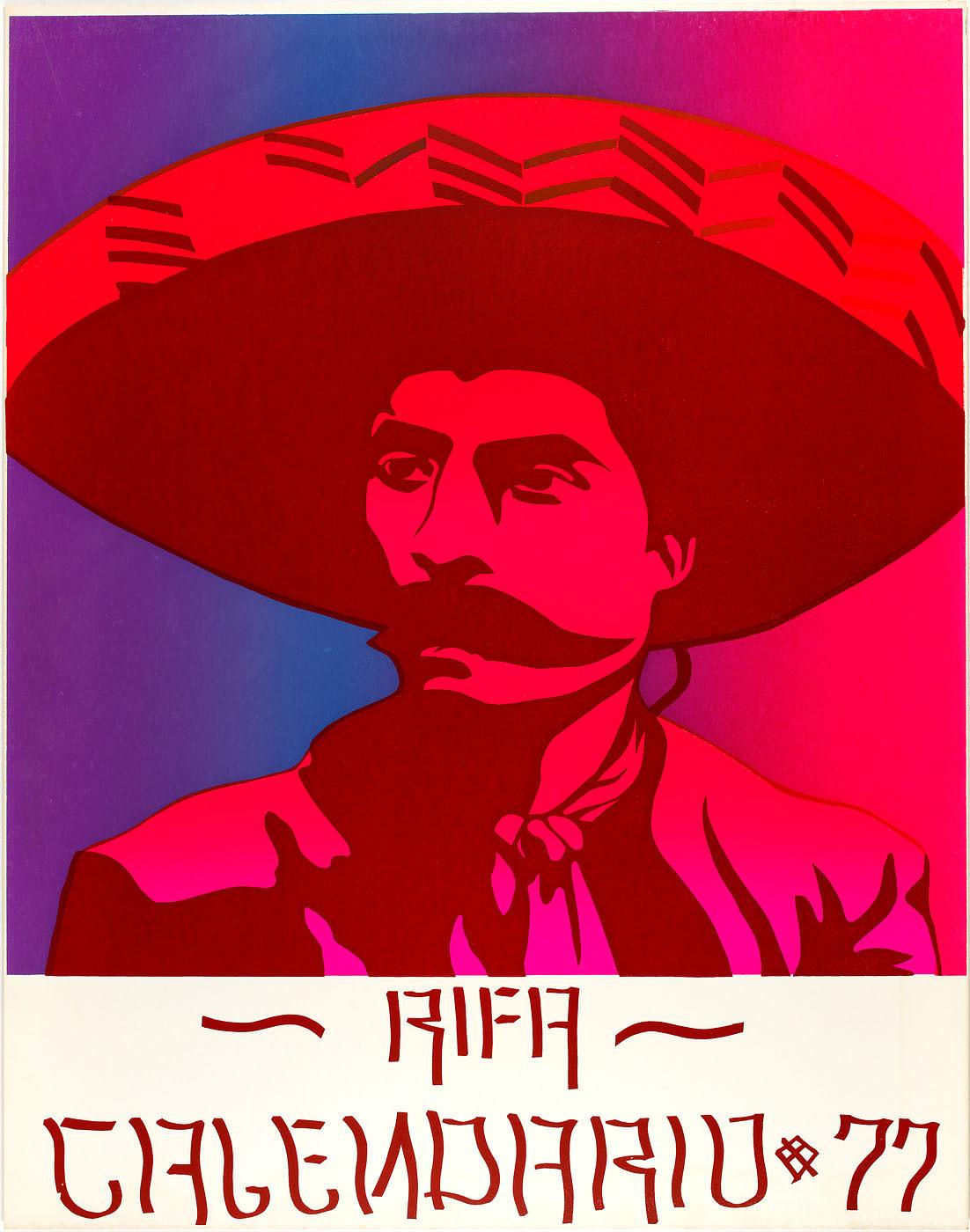
This week, SAAM prepares to open a groundbreaking exhibition of prints made by Chicanx artists and their cross-cultural collaborators. As the national museum of American art, SAAM is committed to showcasing its expansive permanent art collection and its leading Latinx collection that encompasses both historical and contemporary voices. This exhibition features donated artworks from major collectors and an ambitious program to purchase artworks for the collection to create an inclusive view of American art that features Chicanx contributions.
In the 1960s, Chicano activist artists forged a remarkable history of printmaking rooted in cultural expression and social justice movements that remains vital today. The exhibition ¡Printing the Revolution! The Rise and Impact of Chicano Graphics, 1965 to Now presents, for the first time, historical civil rights-era prints by Chicano artists alongside works by graphic artists working from the 1980s to today. It considers how artists innovatively use graphic arts to build community, engage the public around ongoing social justice concerns, and wrestle with shifting notions of the term “Chicano.” Mexican Americans defiantly adopted the term Chicano in the 1960s and 1970s as a sign of a new political and cultural identity. Graphic artists played a pivotal role in projecting this revolutionary new consciousness, which affirmed the value of Mexican American culture and history.
The artists in the exhibition use graphics as a vehicle to debate larger social causes, reflecting the issues of their time period, including immigrant rights, opposition to the Vietnam War, the civil rights movement and the Black Lives Matter movement. Vibrant posters and images announced labor strikes and cultural events, reimagined national and global histories, and, most significantly, challenged the invisibility of Chicanos in US society. The exhibition offers an expanded view of American art and the history of graphic arts, featuring previously marginalized voices from Chicano art, including women and LGBTQ+ individuals. The influential Chicano graphics movement has been largely excluded from the history of US printmaking. ¡Printing the Revolution! challenges this historical sidelining of Chicanx artists and their cross-cultural collaborators.
“Chicano graphic artists were among the first to immerse themselves in civil rights activism, many working to support the United Farm Workers union founded by César Chávez and Dolores Huerta,” according to Acting Chief Curator and Curator of Latinx Art, E. Carmen Ramos. “The exhibition explores how this early civil rights activity set the foundation for a truly noteworthy, politically engaged graphic arts movement among artists of Mexican descent and their cross-cultural collaborators that continues to thrive today, over five decades later. At a time when US society is grappling with how to face a history of systemic racism, this exhibition presents a long line of artists doing exactly that.”
¡Printing the Revolution! includes iconic works by major artists like Rupert García, Malaquias Montoya, Juan Fuentes, Ester Hernandez, Yolanda López and members of the Royal Chicano Air Force collective (RCAF), and later generations working after the height of the civil rights era. It features works produced at major print centers, organizations and collectives located in cities across the US, including Austin, Chicago, Los Angeles, New York City, Oakland, Sacramento, Santa Fe, and San Francisco. The exhibition is the first to consider how Chicanx mentors, print centers and networks collaborated and nurtured other artists, including multigenerational stories like that of Chicana artist Yreina D. Cervántez, who mentored her student Favianna Rodriguez, born to Peruvian immigrants in Oakland. Rodriguez herself would go on to mentor digital artist Julio Salgado, a Mexican-born artist and DACA recipient, who is well known for his work exploring the intersection of LGBTQ+ and immigrant rights.
¡Printing the Revolution! The Rise and Impact of Chicano Graphics, 1965 to Now, opens on Friday, November 20. Join us for a virtual exhibition preview at 7 p.m. ET on November 19, and meet artists, collectors, and curators who will share their insights into the importance of Chicanx graphics in American visual culture.
Note: The museum uses the term “Chicano” to refer to the historical Chicano movement in the United States (starting roughly in 1965) and its participants. “Chicana” references women who fought for and prefer this designation. "Chicanx” is a current, inclusive designation that is gender-neutral and non-binary.




















